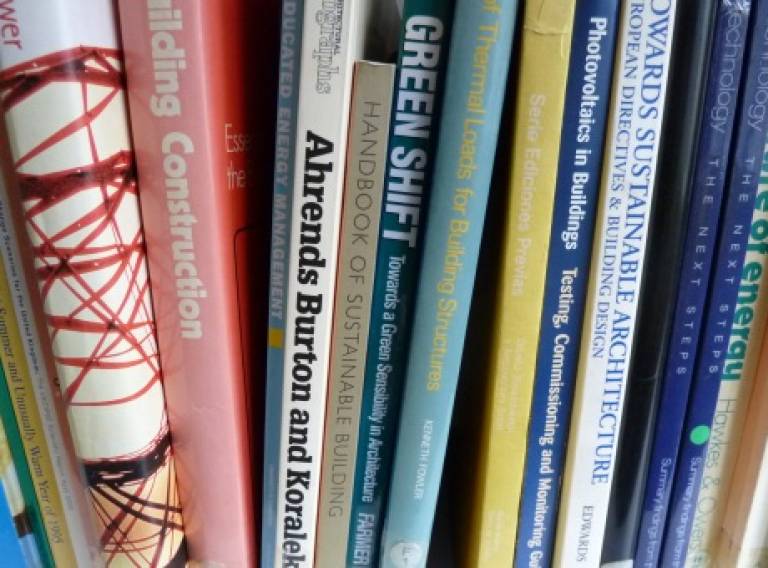Urban Planning and Electrification of sub-Saharan African Informal Settlements

28 August 2015
Informal settlements constitute a major part of African cities - 72 % of the urban population of sub-Saharan Africa lives in slums (UNFPA, 2007). The research presented in this paper focuses on the electrification of informal settlements and the attitude of institutions like utilities and municipalities in front of the expansion of “illegal” connections. Numerous problems come with illegal connections like safety and fire hazard, overload of the network and substations, loss of revenues for utilities, economic exploitation of the poorest by resellers of electricity... While some countries manage to adopt a flexible and adapted approach to the electrification of informal settlements, the reluctance of the majority of authorities to provide access to electricity in these areas can be rooted in the colonial history and urban policies of countries denying any legal rights to the poorest - taking refuge behind laws and spatial planning schemes conceived to protect the wealthiest. Electricity access does not need to be necessarily a deeply contentious issue between local communities trying to connect to the network with or without authorisation and utilities and municipalities trying to discourage illegal connections often without proposing any alternatives. This paper details different attitudes from countries like South Africa which after the apartheid has adopted innovative approaches to enable the electrification of the majority of informal settlements, to countries where the only answer is a permanent fight against illegal connections. It also describes the work of utilities’ agents in informal settlements and the way they engage with local communities.
Urban Planning and Electrification of sub-Saharan African Informal Settlements: between Recognition and Eradication. Presented at: 12th European Sociological Association Conference Prag.
Lemaire, X.M.L. (2015)
The full text of this article is not available through UCL Discovery.
 Close
Close

